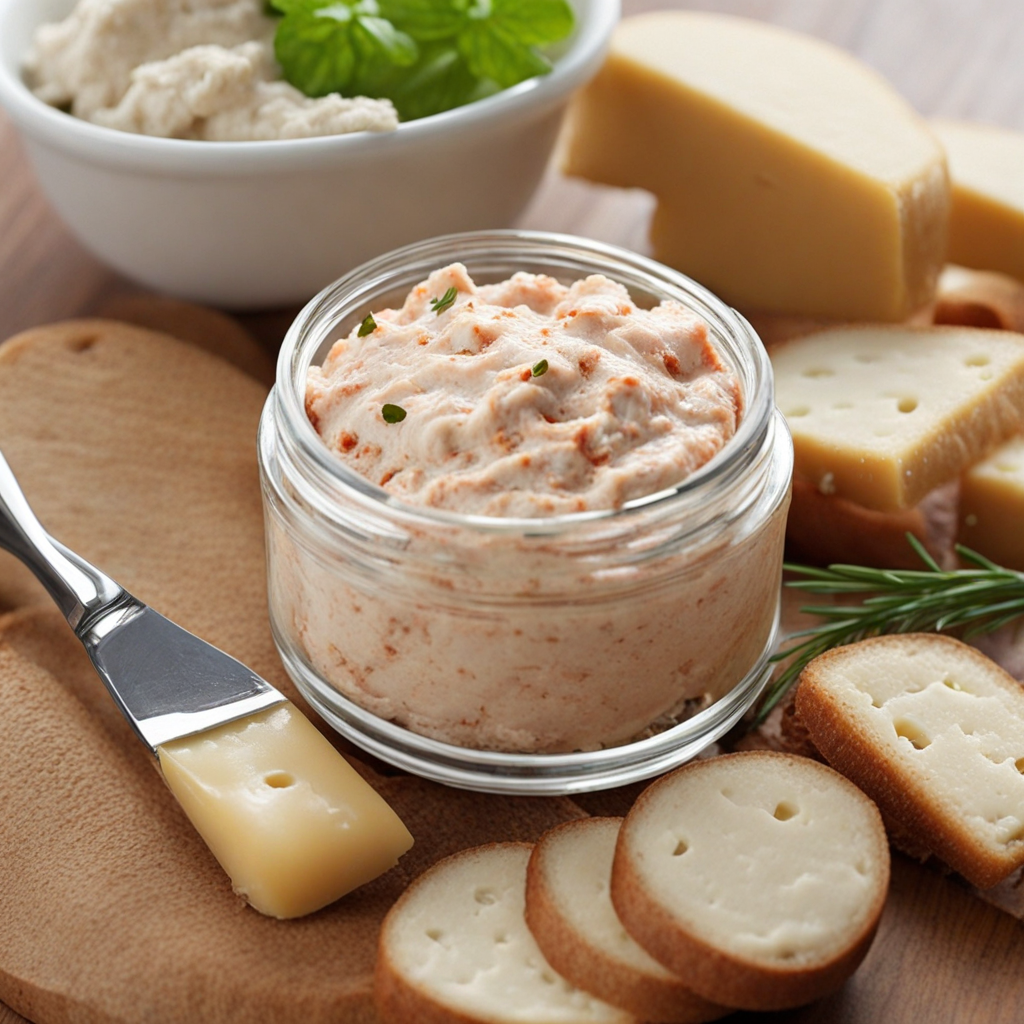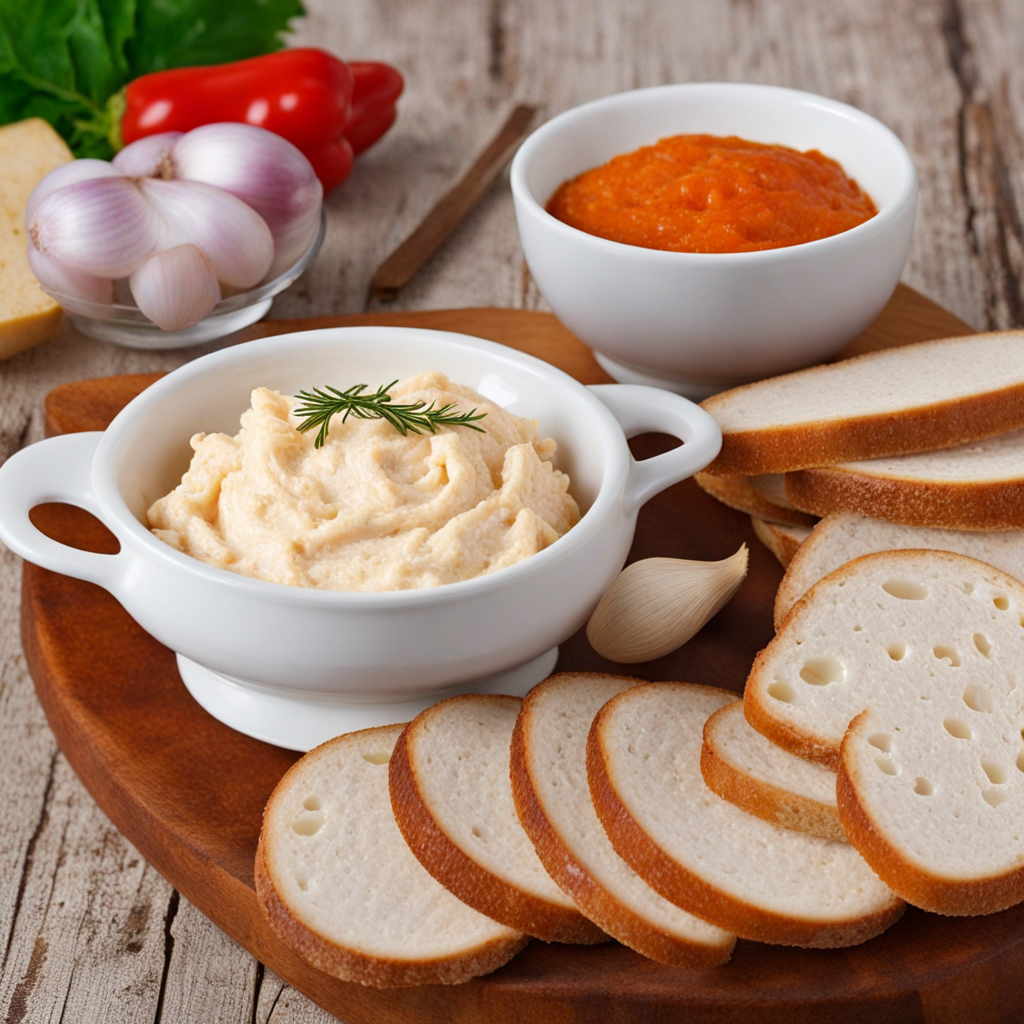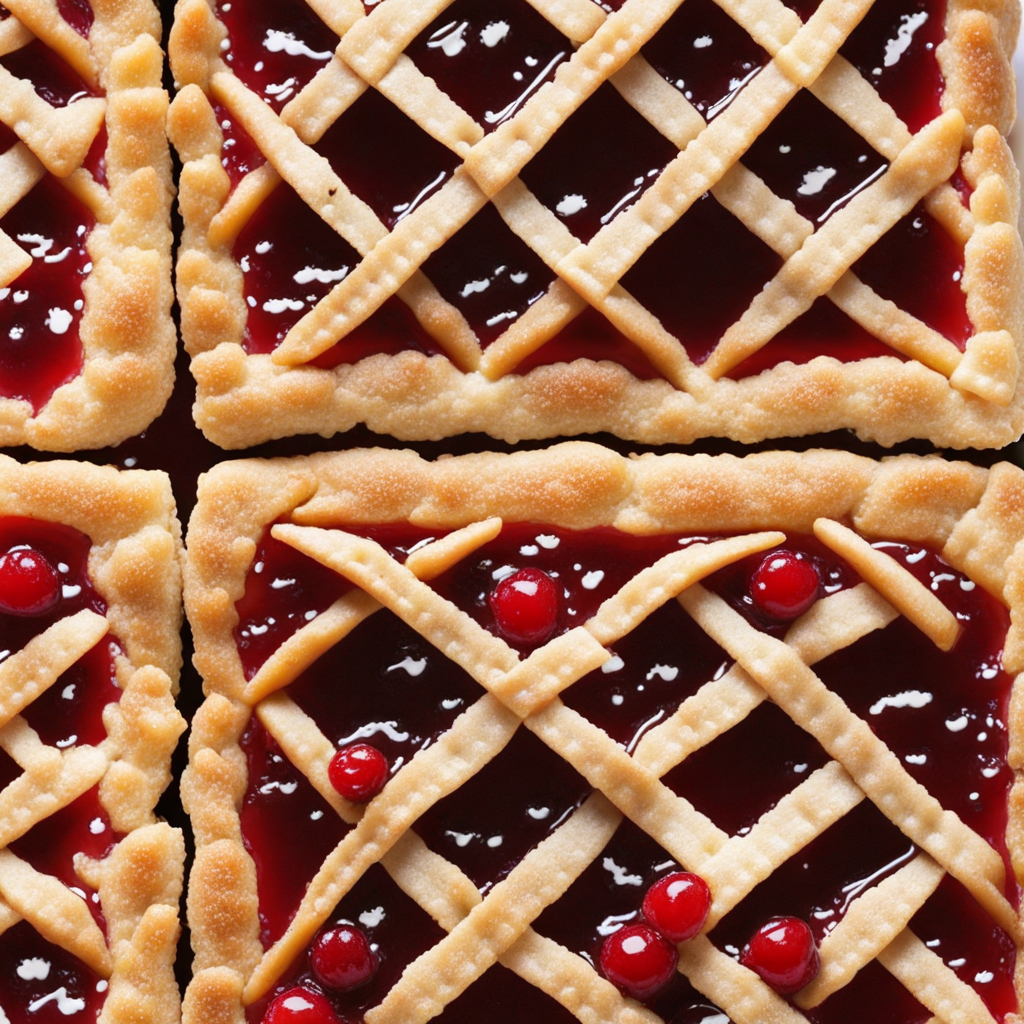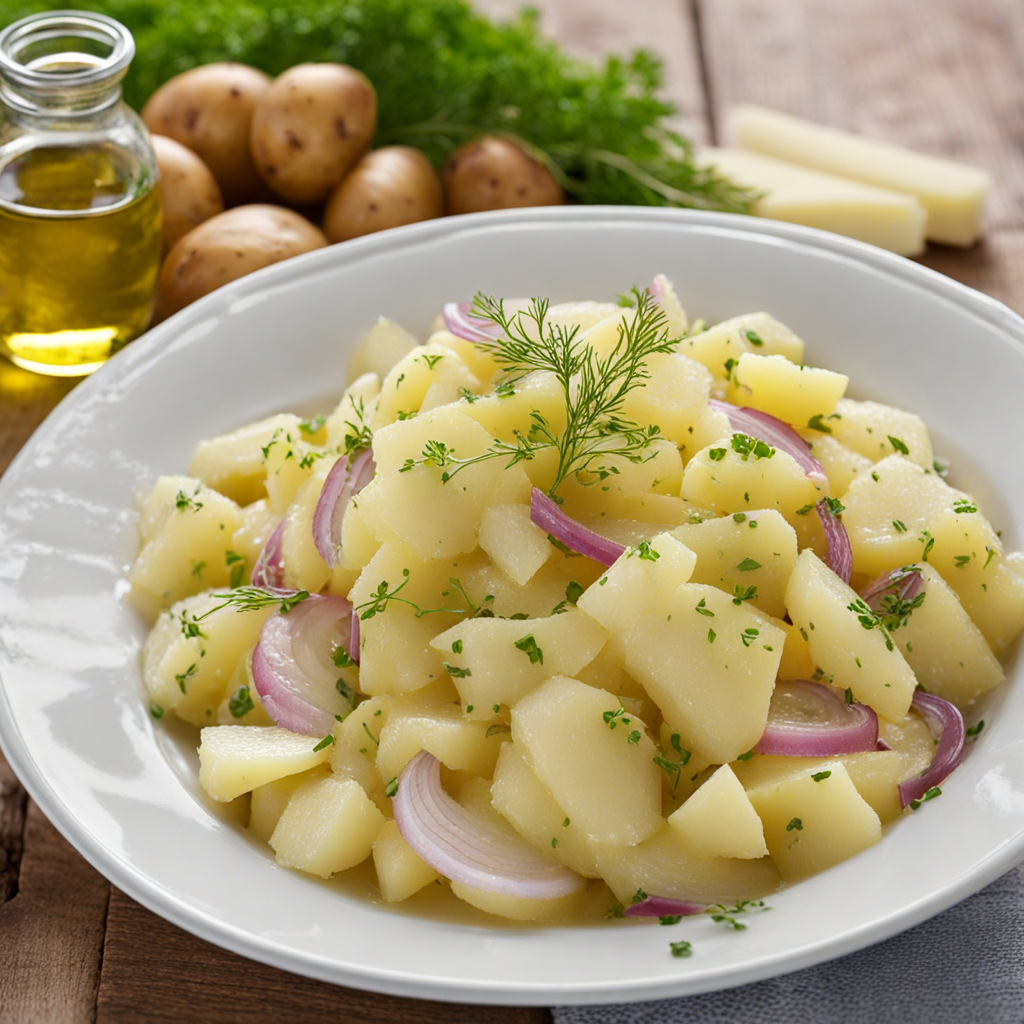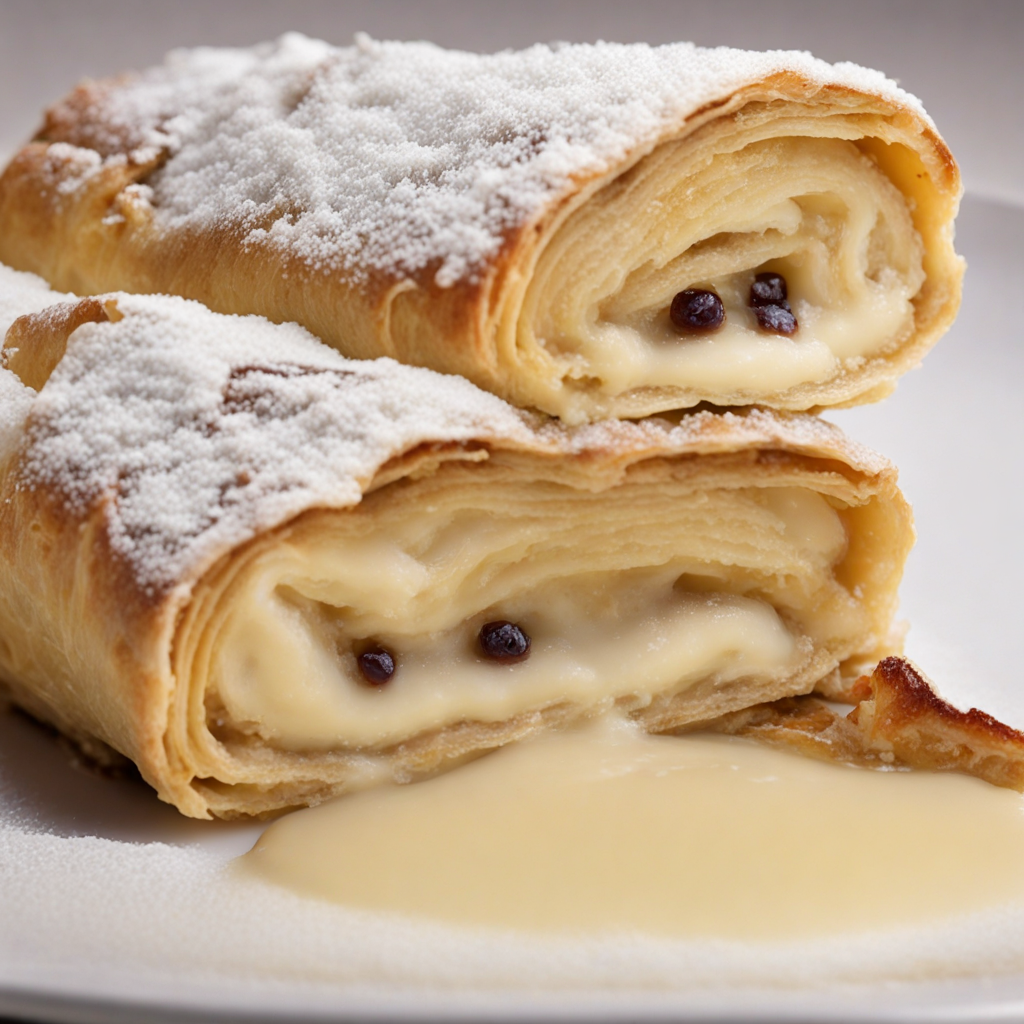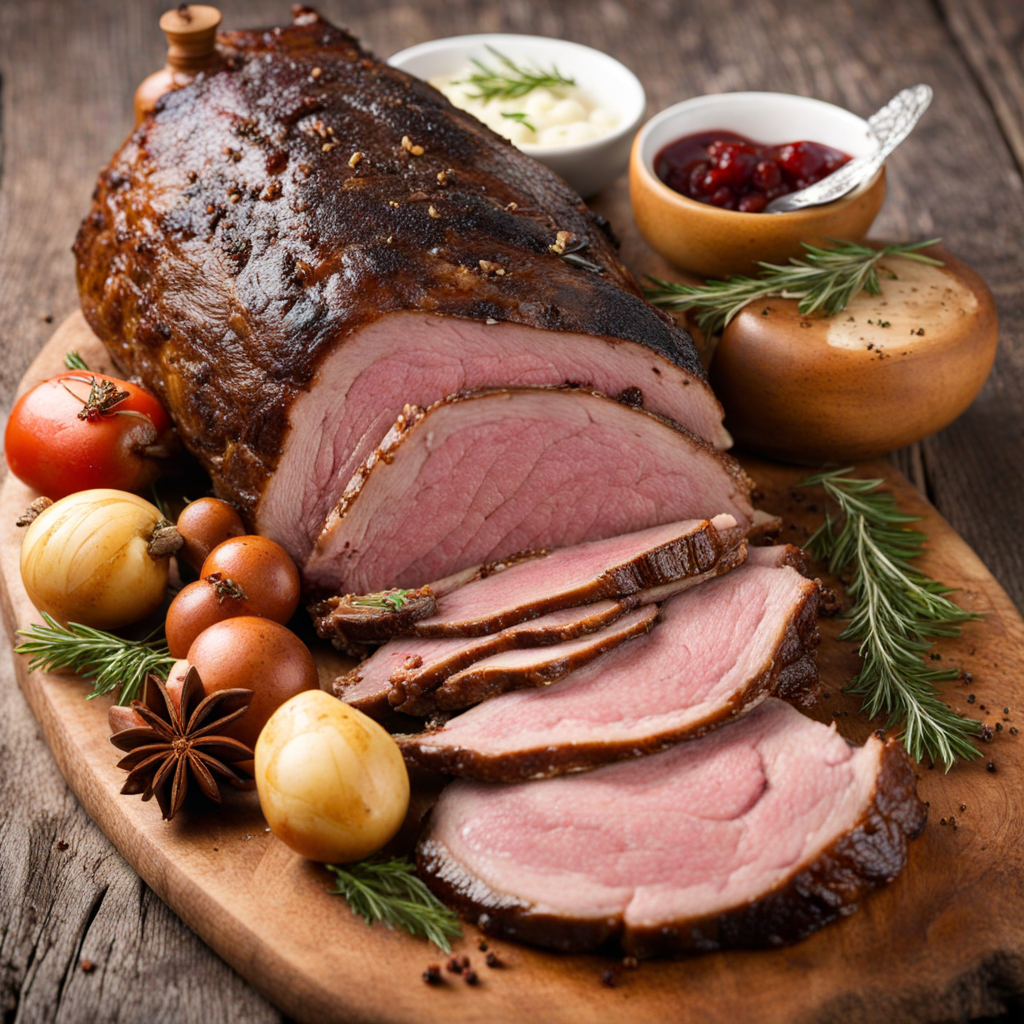Liptauer
Liptauer is a traditional Austrian cheese spread that has its roots in the culinary traditions of Central Europe, particularly in the regions of Austria and Hungary. The name "Liptauer" is derived from the Liptov region in present-day Slovakia, where the spread is believed to have originated. Historically, it was prepared by shepherds and farmers who sought to make a nutritious and flavorful spread from the surplus of fresh cheese. As the dish gained popularity, it became a staple in Austrian cuisine, often served as an appetizer or snack, particularly during social gatherings and festive occasions. The flavor profile of Liptauer is a delightful combination of tangy, spicy, and savory notes. The primary ingredient is fresh cheese, typically a soft cow's milk cheese or a cream cheese base, which provides a creamy texture. The addition of ingredients like paprika, mustard, and a mix of herbs creates a unique depth of flavor that is both rich and complex. The spice from the paprika adds warmth, while the mustard introduces a subtle sharpness, balancing the creaminess of the cheese. Some variations may include anchovies or capers for an added umami punch, making each bite an exploration of contrasting flavors that tantalize the palate. Preparing Liptauer is a straightforward process, making it an accessible dish for home cooks. The first step involves mashing the fresh cheese in a bowl until it reaches a smooth consistency. Then, various seasonings are blended in. Common ingredients include sweet or hot paprika, finely chopped
How It Became This Dish
Liptauer: A Delicious Journey from Austria to the World Liptauer, a savory cheese spread that has captured the hearts and palates of many, boasts a rich history that intertwines with the cultural fabric of Austria and Central Europe. Its origins can be traced back to the region of Liptov, in present-day Slovakia, which was once part of the Austro-Hungarian Empire. The name "Liptauer" is derived from this geographical area, where local dairy practices and culinary traditions flourished. Origins and Early History The history of Liptauer is rooted in the pastoral lifestyle of Central European farmers, who have long relied on the milk produced by their livestock. Liptauer specifically is made from sheep's milk cheese, typically a type of soft cheese that has a distinct tangy flavor. The cheese was originally crafted in the Liptov region, where sheep farming was prevalent due to the mountainous terrain. The local shepherds would create a spreadable cheese by mixing the fresh cheese with various spices and herbs, creating a simple yet flavorful food that was easy to transport and consume during long days in the fields. Liptauer's earliest iterations likely featured minimal ingredients—salt, perhaps some herbs, and occasionally paprika for additional flavor. As trade routes expanded and cultural exchanges flourished, the recipe began to evolve, incorporating ingredients that reflected the diverse culinary influences of Central Europe. Cultural Significance Liptauer holds a special place in Austrian cuisine and is often served at social gatherings, celebrations, and family meals. It is typically enjoyed as an appetizer or a spread on bread, particularly rye or sourdough, making it an essential part of traditional Austrian charcuterie boards. The spread is not just a food item; it embodies the spirit of communal dining and the sharing of hearty, home-cooked flavors. In a broader cultural context, Liptauer serves as a symbol of the fusion of various culinary traditions that characterize Central European cuisine. The spread reflects a blend of German, Slovak, Hungarian, and Austrian influences, highlighting the region's historical interactions and migrations. As food historians note, the tradition of mixing herbs and spices into dairy products is common in many cultures, but Liptauer has a unique identity that sets it apart from similar spreads, such as the Hungarian túrós csusza or the German Quark. Ingredients and Variations The classic recipe for Liptauer involves a base of fresh sheep's milk cheese, which is then blended with a variety of flavorful ingredients. Common additions include butter, cream, onions, garlic, mustard, paprika, and various herbs such as chives or parsley. The use of paprika—a spice introduced to the region in the 16th century—has become a defining characteristic of Liptauer, giving it both color and a distinctive flavor profile. While traditional Liptauer recipes typically feature sheep's milk cheese, modern variations often use cow's milk cheese or even cream cheese, reflecting changing tastes and availability of ingredients. This adaptability has allowed Liptauer to remain relevant in contemporary cuisine, appealing to a broader audience while still honoring its origins. Development Over Time As the 19th century progressed, Liptauer began to gain popularity beyond its regional roots. The culinary trends of the time were characterized by a growing interest in local and artisanal products, and Liptauer emerged as a celebrated delicacy within Austria's gastronomic scene. It became a staple in many Austrian households, often served alongside wine, beer, or as part of festive occasions. In the early 20th century, with the advent of more efficient transportation and refrigeration technologies, Liptauer spread beyond Austria into neighboring countries. It found a particular affinity in Hungary and the Czech Republic, where similar cheese spreads were embraced and adapted. In Hungary, Liptauer is known as "liptói túró," and it has become a key component of traditional Hungarian tavern fare. This cross-border popularity highlights the interconnectedness of Central European cuisines and the shared appreciation for rich, flavorful dishes. Liptauer in the Modern Era In the late 20th century and into the 21st century, Liptauer has experienced a renaissance as chefs and home cooks alike embrace traditional recipes with a modern twist. The rise of the artisanal food movement has led to a renewed interest in handcrafted spreads and locally sourced ingredients. Many contemporary recipes incorporate creative variations, such as adding roasted red peppers, horseradish, or even smoked ingredients to enhance the flavor profile. The increasing popularity of plant-based diets has also influenced the evolution of Liptauer. Vegan versions of the spread have emerged, made with cashews, tofu, or other plant-based cheeses, allowing a new generation to enjoy the delightful flavors of Liptauer while adhering to dietary preferences. This adaptability speaks to the dish's enduring appeal and its ability to resonate with changing culinary landscapes. Conclusion Liptauer is more than just a cheese spread; it is a culinary artifact that tells the story of a region's history, culture, and people. From its humble beginnings in the pastures of Liptov to its presence on tables across Central Europe and beyond, Liptauer has evolved while remaining true to its roots. Its rich flavors and versatile nature make it a beloved dish that transcends borders, inviting everyone to partake in the communal joy of sharing food. In a world that often feels increasingly disconnected, Liptauer serves as a reminder of the simple pleasure that comes from gathering around a table, sharing stories, and enjoying delicious food. Whether enjoyed as part of a traditional Austrian meal or as a modern twist on a classic recipe, Liptauer continues to be a symbol of culinary heritage, community, and the timeless love of good food.
You may like
Discover local flavors from Austria


